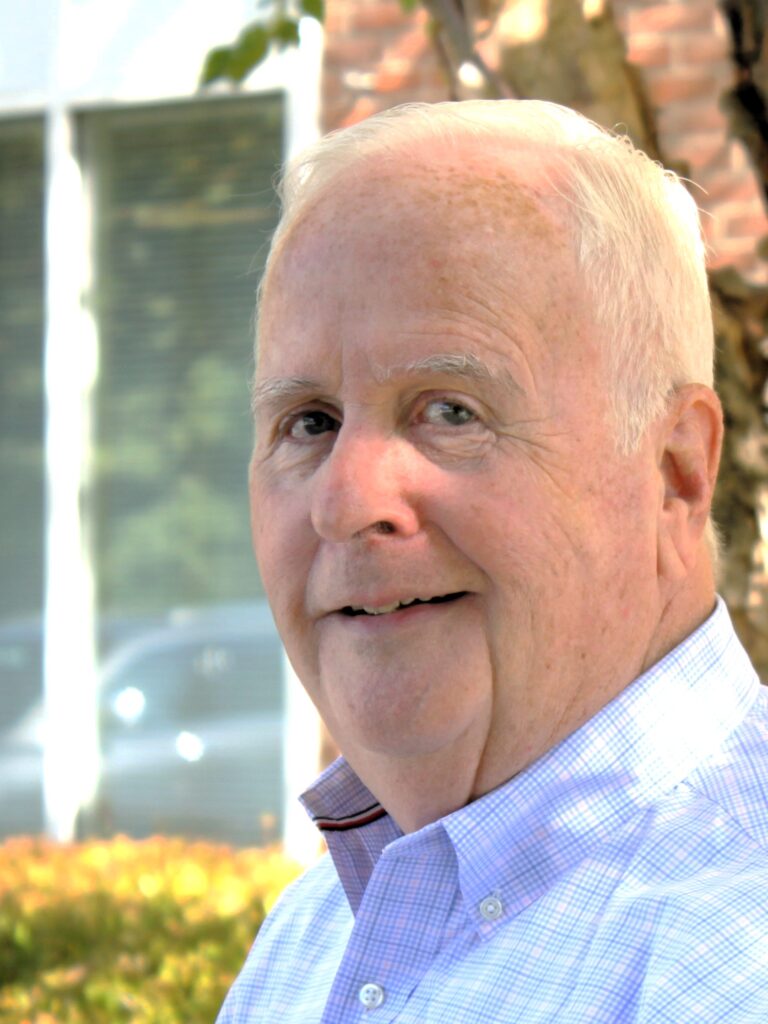
Thomas Walsh, MD, Medical Director, Hospice of the Chesapeake
There’s no typical day for a hospice physician. Sure, we have certain days and times set aside for clinical team meetings, but my day is fluid to best be able to help patients and families when they need me.
There’s also no typical hospice physician. Some work more one-on-one with their patients. Others are consultants who provide direction to the clinical team. Others, like me, are a bit of both.
Even within our own organization, there is no typical physician. We each work with different teams as their medical director. Teams care for patients in certain geographic areas, whether the patients are in private homes, assisted living or skilled nursing centers and for those who are in one of our inpatient care centers. I am the medical director for a regional team as well as for the inpatient care center teams.
First things first
My day starts by checking on the progress of patients or seeing if new patients have been admitted. Then I reach out to the inpatient care center team to find out if anything’s going on that I can assist with.
I am in constant contact with our intake team working to ensure all patients who are coming from hospitals or other facilities have a smooth transition to our inpatient care centers. Inpatient care centers offer a different level of care than hospice in homes. It’s my job to ensure all the needed requirements are met for them to be admitted into our inpatient care centers.
Throughout the day, I might get phone calls from doctors in the community or in hospitals who are working to determine if their patients are ready for hospice care. One day, a young doctor from one of the university hospitals called me to ask if his patient might be appropriate for inpatient hospice or not. He said, “I don’t think the patient’s ready to go yet to hospice, but I knew that you would know the answer.”
Meeting with the team
Each week, I’m involved in interdisciplinary team meetings. It’s helpful for me to hear what’s happening with the patient and family from our team members who bring different disciplines… I’m particularly interested in hearing from the social worker and the chaplain because they have different nonmedical perspectives about the patient and the family.
I hear nurses’ stories that are heartwarming. “The patient really wanted a Snickers bar, so I bought one on the way to see him.” One nurse was promoting the art show of one of his patients. These are good stories to hear.
I find these stories help me navigate the paperwork requirements which can be burdensome. Technology has made it easier. I can find the pieces of the patient’s story all in one electronic file. Before, I had to flip through piles of papers and try to read different clinicians’ handwriting.
Tech and NPs
Smartphones also make for better communication. We can email or text when we’re not available to talk. So, during these meetings and throughout the day, I’ll get texts and emails from the nurse case managers. Many times, it’s not urgent. But if they say it is, I know it is. My trust in the team is that strong.
I also work closely with the inpatient care center’s nurse practitioners. I will get calls from them to run a situation by me and ask me what I think and 99 percent of the time they already have the answer. It’s a wonderful relationship that we have and I really appreciate their expertise and dedication.
On-call week
Once every five to six weeks, it’s my turn to take calls from 8 a.m. Monday until 8 a.m. the following Monday. During the day, most of the calls are taken by the team and it stays pretty calm. But at night, I get a fair number of calls from admission nurses. Not only am I needed to approve a patient’s admission, but there are other details we need to work out together, like what medicines to continue and treatments to consider.
One of the lessons I learned early on is during my on-call week, I don’t try to do anything else. I’m a huge Orioles fan and I go to at least 30 games a year. I was at a game while I was on call and spent five innings in the lobby talking to nurses on the phone. I can’t tell them, “Hold on a second,” or “I’ll get back to you.” They need me at that moment.
This year, our scheduling team arranged the call schedule so I could attend games. I gave them my ticket schedule and they’re working around it so I could still be an Orioles fan and do my job here. We support each other professionally and personally.
I need to provide certification of illness for every patient that I admit into hospice. While this is a requirement it also gives me a chance to do a deeper dive into the patient’s medical records and learn more how their illness came to be, what treatments they have had, and about why they or their family decided to choose comfort care with hospice and forgo any further aggressive treatments.
Once the patient’s immediate needs are met, we often switch our focus to the family. Once a patient has opted for hospice care, they’re done with worrying about what they have, whether it’s fixable or how are they going to be cared for. Now we need to help their family through the rest of the journey. We need to support them not just at the end of their loved-one’s life but to help them as they learn to live differently.
A very good day
I think a successful day for me is when I’ve been able to admit someone into hospice who really needed it. I feel great success when their family is on the edge, and our team can support them in understanding they should do this for themselves as much as for their loved ones. The sooner a patient and family chooses hospice, the more living they can do.
And that’s a good day for a hospice doc.



